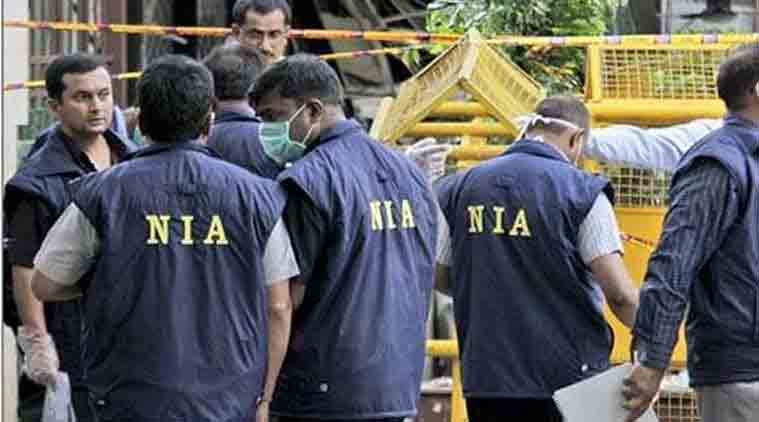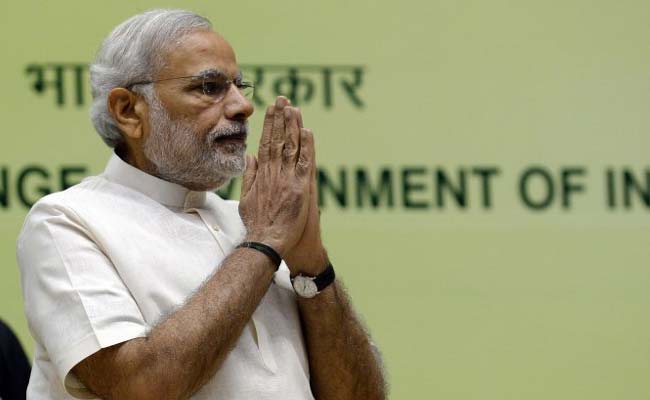Reduction in areas under AFSPA is a result of ‘improved security situation’, Home Minister Amit Shah says.
New Delhi: Several districts
across Nagaland, Assam and Manipur have been removed from the list of
“disturbed areas” that fall under the controversial Armed Forces
(Special...






















